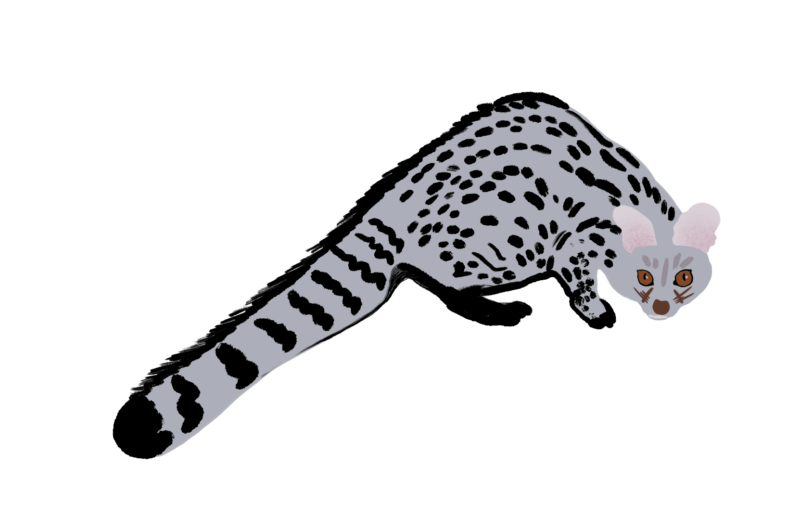What is a Valat? In Occitan, this term refers to a gulch created by a stream. Historically, during dry periods, “valats” served as pathways for farmers and their equipment, while during heavy Cevenol rains, they protected fields by quickly draining large amounts of water.
The Bellecoste Valat is exceptional due to its natural spring that flows all year round. Its biodiversity is rare in the Costières landscape.
REPTILES:
Contrary to appearances, the Slowworm is not a snake but a completely harmless lizard with a smooth, elongated body and no legs. It lives in dense, humid, and shaded environments where it feasts on snails, slugs, earthworms, caterpillars, woodlice, spiders, and various larvae. In France, this species is protected by law, and it is illegal to kill or capture it.

FISH:
The chub, very common in the waters of the Gard region, is particularly voracious. It is the most omnivorous fish in France, feeding on anything from moss and plant debris to aquatic invertebrates, flying insects, seeds, fruits, and even small fish and frogs.

MAMMALS:
The Genet – Bellecoste’s Valat has everything this nocturnal mammal needs. Its preferred habitats are wet areas and wooded zones. As a carnivore, it feeds on rodents and birds. It has been fully protected across France since 1981.

AMPHIBIANS:
Perez’s Frog – Active both day and night, it is present year-round in water or its vicinity. It has been classified as “to be monitored” in the Red Book of French Vertebrates.

RAPTORS:
The Eurasian Sparrowhawk – As prey, it prefers small woodland birds, with small mammals being only supplementary food. When you see a pile of feathers, the culprit is likely a sparrowhawk. Before consuming the flesh, it removes the larger feathers.

BIRDS:
The Golden Oriole – This colorful bird is heard more often than seen. The Golden Oriole is a species that is difficult to observe because it mainly frequents the canopy of tall old trees and somewhat dense undergrowth. It feeds on insects such as beetles, caterpillars, butterflies, aphids, grasshoppers, and bumblebees. But as the summer progresses, it becomes more interested in fruits.

To discover bird species around you there is the app called “BirdNet“. By recording their song, BirdNet identifies the species. To help you identify plants by simply taking a picture of them, check out the app “PictureThis“.
To enter our website, you must be of legal drinking age in your country.